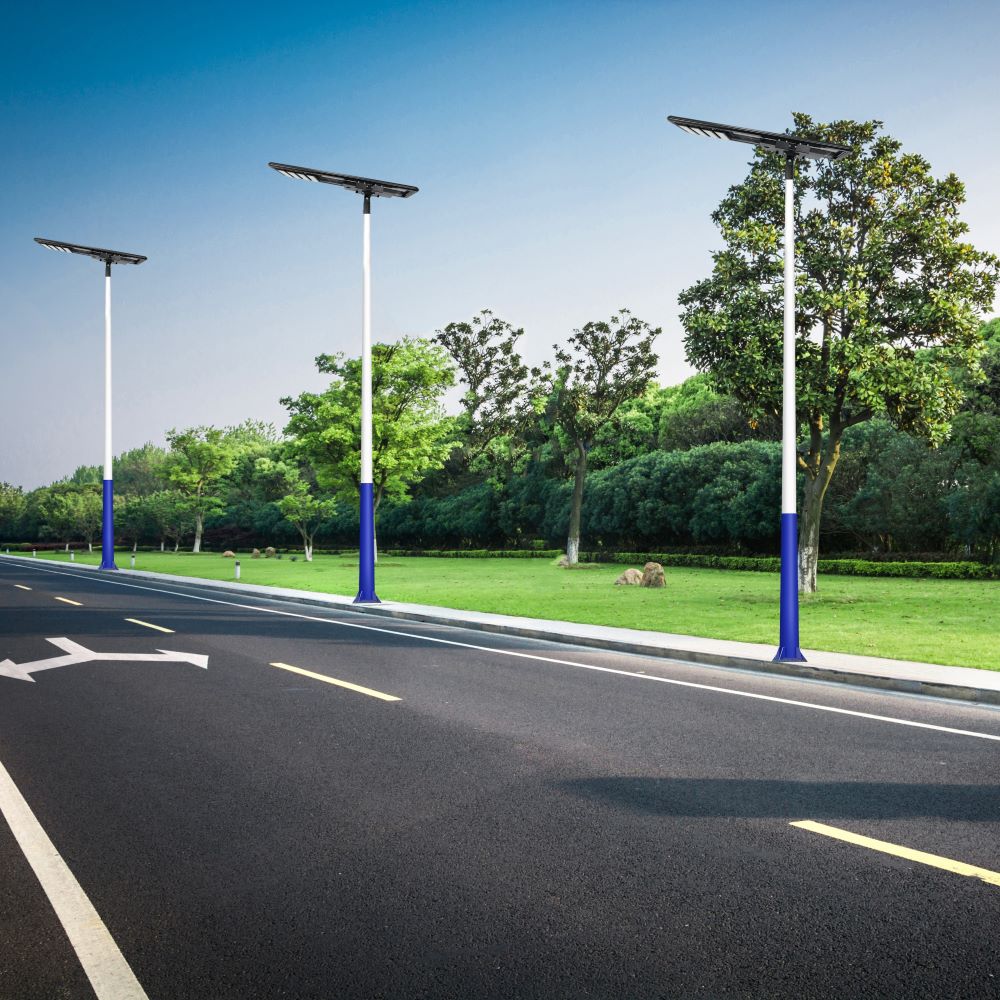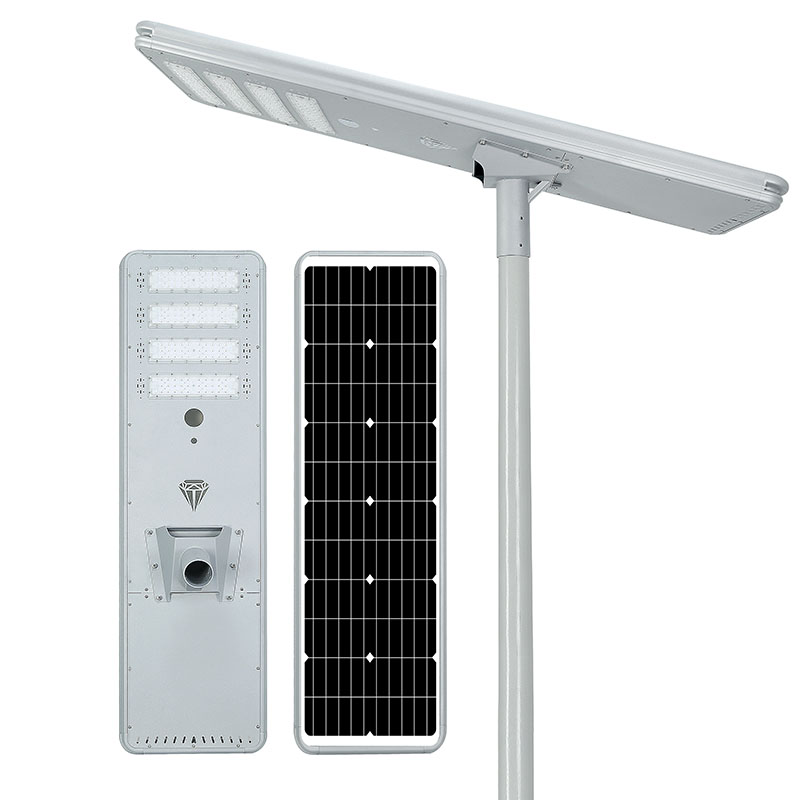Public lighting plays a vital role in safety, mobility, and community development. Off-grid solar street light solutions offer municipalities and rural regions a cost-effective, sustainable alternative to traditional grid-powered lights. These systems use renewable solar energy and integrate advanced LED technology, enabling towns to illuminate roads, parks, and public spaces without heavy infrastructure costs.
This shift to solar street lighting is not just about cutting electricity bills. It also supports environmental commitments, reduces maintenance demands, and ensures reliable lighting even in remote, underserved locations.
High Energy Costs for Public Lighting
Municipalities often face significant electricity expenses for public lighting. In many regions, street lighting accounts for over 40% of municipal energy costs. Grid-powered lights also expose cities to fluctuating utility rates.
Off-grid solar street light solutions reduce operational costs by harvesting sunlight and storing it in high-capacity batteries. Over a 10-year lifespan, savings can reach thousands of dollars per light, freeing up funds for other public projects.
Limited Access to Grid Infrastructure in Rural Areas
Rural and remote communities often lack the infrastructure needed for conventional street lighting. Extending power lines can be expensive and environmentally disruptive.
Off-grid solar street lights eliminate the need for costly trenching or cabling. They operate independently, using integrated solar panels and storage batteries to provide consistent illumination.
In remote villages, these systems have been proven to reduce nighttime accidents by up to 60% while improving community safety.
Frequent Maintenance and Downtime
Traditional lighting systems require frequent maintenance due to bulb burnout, wiring faults, and power outages. In areas with harsh weather, downtime can be prolonged.
With off-grid solar street light solutions, LED fixtures can last over 50,000 hours. Smart controllers regulate charging and discharging, ensuring optimal battery health. This means fewer service calls and lower maintenance budgets.
Environmental Impact and Sustainability Goals
Municipalities are under increasing pressure to meet sustainability targets. Traditional lighting systems often rely on fossil fuel-generated electricity, increasing carbon emissions.
Off-grid solar street lights run entirely on renewable energy, reducing a city’s carbon footprint. Switching just 1,000 streetlights to solar can cut annual CO₂ emissions by up to 500 metric tons.
This makes solar street lighting a powerful contributor to green city planning.
Unreliable Lighting in Power Outages
Grid-powered lights fail during blackouts, which can compromise safety in critical areas like intersections, hospitals, and evacuation routes.
Off-grid solar street lights operate independently of the grid, maintaining illumination even during extended outages. This makes them ideal for disaster-prone areas where uninterrupted lighting is essential.
Technical Solution: How Off-Grid Solar Street Lights Work
1. Solar Energy Harvesting
High-efficiency photovoltaic panels capture sunlight during the day. With conversion rates exceeding 20%, they maximize energy capture even in cloudy conditions.
2. Energy Storage
Lithium or advanced gel batteries store the harvested power. Many systems offer 5–7 nights of autonomy, ensuring continuous operation in adverse weather.
3. Intelligent Control Systems
Smart controllers optimize charging cycles, adjust brightness levels based on traffic or pedestrian presence, and extend battery lifespan.
4. High-Performance LED Fixtures
LEDs consume less power while delivering superior brightness. A 60W LED solar street light can match the output of a 150W conventional light.
5. Modular, Low-Maintenance Design
All components are integrated into a single unit or easy-to-assemble modular system, reducing installation and servicing time.
Data-Driven Benefits
-
Up to 70% cost savings compared to traditional street lighting over 10 years.
-
50,000+ hour LED lifespan, reducing replacement frequency.
-
Zero grid dependency, ideal for rural electrification.
-
500 metric tons CO₂ reduction per 1,000 lights annually.
-
Quick ROI—often within 3–5 years.
Conclusion: Lighting the Way Forward
Off-grid solar street light solutions enable municipalities and rural communities to deliver safer, cleaner, and more cost-efficient public lighting. By eliminating dependence on the grid, these systems provide long-term resilience and support environmental goals.
With proven savings, reduced maintenance, and superior reliability, they represent a smart investment for the future of public infrastructure.
Municipal planners and rural development leaders can explore tailored solutions in our product-category .



